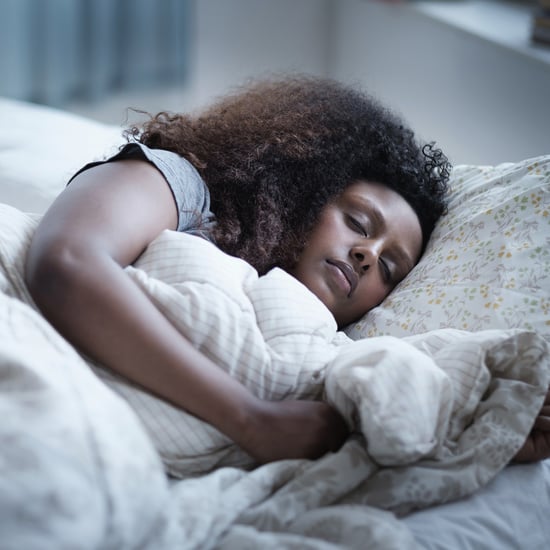Why Do Headbands Cause Headaches?
Here's Why Your Favourite Headband Always Leaves You With a Headache

Headbands have made a comeback since the Blair Waldorf era, and we can't deny they;re serving up looks — and for some, headaches, too.
But, what you might not have known is that headbands can actually cause two types of headaches: tension headaches and migraines brought on by allodynia.
According to Dr. Molly Rossknecht, MD, a neurologist and medical adviser to WeatherX, allodynia is the triggering of a pain response by a non-painful stimulation, causing a dull, achy, sharp, or burning discomfort around the head. And get this: headbands (and hats!) can induce this condition whether they are tight-fitting or light and loose!
Those prone to migraines can also be prone to having allodynia, noted Dr. Rossknecht.
Once a migraine begins, one may experience associated symptoms like light and sound sensitivity, nausea, and vomiting.
If a headband is too tight around the hairline or pulling on the scalp or forehead for multiple hours, it could also cause a tension headache, Dr. Rossknecht explained. With tension headaches, the irritation is usually focussed in a band-like fashion wrapping around the forehead, sometimes involving neck pain.
If you're not willing to sacrifice your headband despite the risk of discomfort, Dr. suggested looser fitting options — preferable cloth and not teethed ones that dig into the scalp. Headbands that tie underneath your hair, so you can adjust as needed, might be a better option, she sayid.
Regardless of what type of headband you gravitate towards, you should avoid wearing them all day, as it might trigger pain. And if you feel your scalp pulling at your forehead, that likely means that it's too tight.
Click here for more health and wellness stories, tips, and news.







